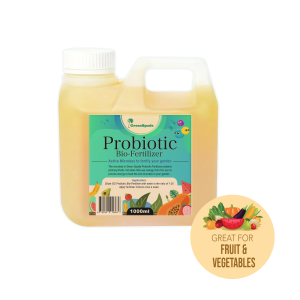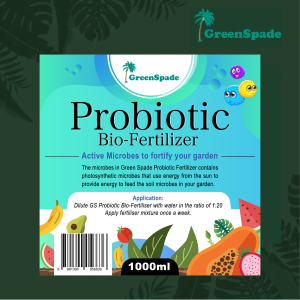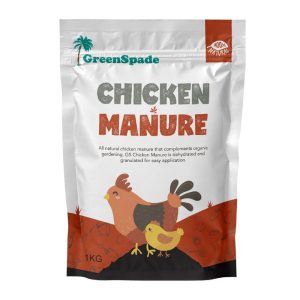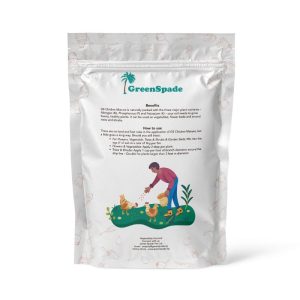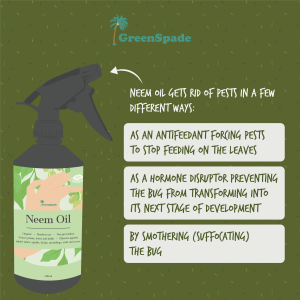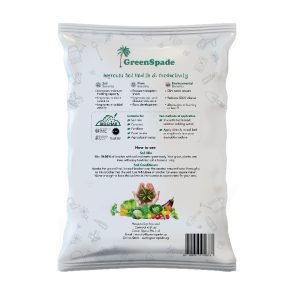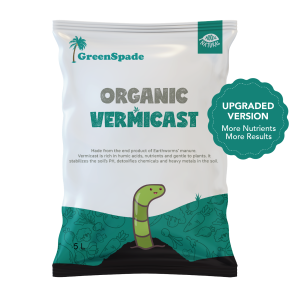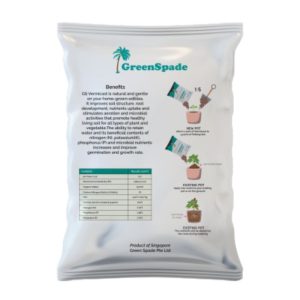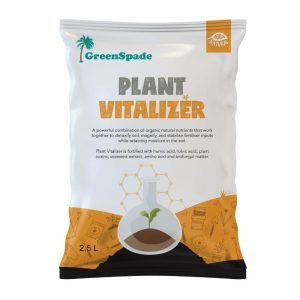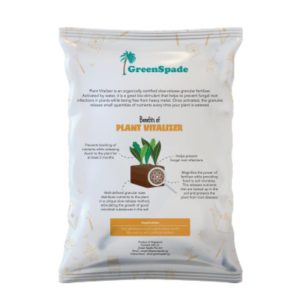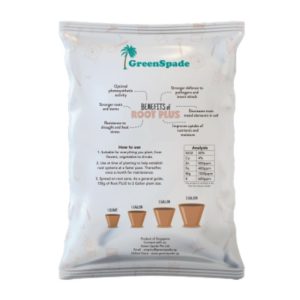Give your plants the boost they deserve with our range of premium fertilisers. Whether you're growing leafy greens or vibrant blooms, our fertilisers are designed to nourish your soil and support healthy growth naturally. Discover the right blend for every plant, pot, and garden bed.
Showing all 11 results
Shop Our Fertilisers Products
Choosing the Right Fertiliser for Your Plants in Singapore
When it comes to buying the right fertiliser in Singapore, it’s important to consider what your plants actually need. Different plant types thrive on different nutrients, and using the wrong blend can do more harm than good. The key is to match the fertiliser to your plant’s growth stage and category—leafy, flowering, or fruiting.
Leafy Vegetables and Herbs
Plants like spinach, kailan, and basil need nitrogen-rich fertilisers. Nitrogen encourages leafy growth, making it perfect for greens you plan to harvest frequently.
Flowering Plants
Bougainvillea, hibiscus, and other flowering varieties benefit from balanced fertilisers with a good mix of nitrogen (N), phosphorus (P), and potassium (K). Phosphorus, in particular, boosts blooming and root strength.
Fruit-Bearing Plants
For tomatoes, chillies, or lime trees, choose a potassium-rich fertiliser. Potassium supports healthy fruiting and improves plant resistance to diseases.
Indoor Plants and Succulents
These plants prefer gentle, slow-release fertilisers to avoid nutrient overload. Look for organic blends that provide steady nourishment without overwhelming delicate root systems.
How to Apply Fertilisers for Maximum Plant Growth
Applying fertilisers the right way can make all the difference between a thriving garden and one that struggles. Whether you’re caring for houseplants or tending to a garden bed, these practical tips ensure you’re using fertilisers for plants effectively and safely.
1. Know When to Apply
Timing is key! Apply fertiliser during the active growing season—usually early morning or late afternoon. Avoid fertilising during rainy periods or extreme heat, as nutrients may wash away or stress the plants.
2. Measure the Right Dosage
More isn’t better. Always follow the label instructions to avoid over-fertilising, which can burn your plants or damage the soil. When in doubt, start with a smaller amount and observe how your plant responds.
3. Use the Right Tools
Use simple tools like a small trowel, measuring spoon, watering can, or hand sprayer to apply fertiliser evenly. For granular types, gently mix it into the soil; for liquid fertilisers, dilute and water around the base of the plant.
Frequently Asked Questions About Fertilisers in Singapore
It depends on the type of fertiliser and your plant’s needs. Slow-release fertilisers may only be needed every few months, while liquid options might require more frequent applications. For personalised advice, check out our Gardening and Landscape tips.
Keep your fertilisers for plants in a cool, dry place away from sunlight and moisture. Seal bags tightly or transfer contents to airtight containers to prevent clumping and loss of potency. Always store them out of reach of children and pets.
Of course! Choosing the right fertiliser can be tricky with so many options available. If you’re not sure where to start, contact us for expert recommendations tailored to your garden’s needs.

